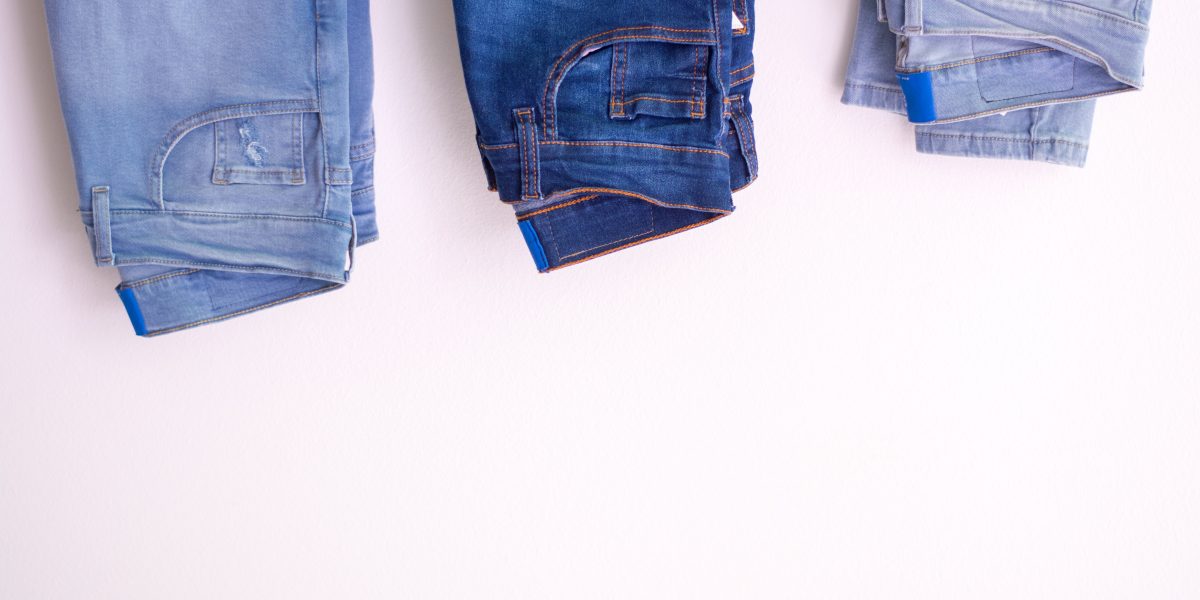Tag: Andrew Leigh
An Update on Clothing Production In The US
Trends for clothing production are starting to shift from previously favored foreign manufacturing to garments being marketed and produced in the United States. Clothing production was one of the first industries lost to offshore marketing in the 1960s. Current design, technology, and flexibility changes have allowed for US marketing to be more desirable and make its comeback.
Past Trends
Past trends that changed US clothing production started in the 1960s when outsourcing became cheaper for labor, and there were more efficient processes for products available in foreign countries at that time. The majority of production continued in foreign countries when trade policies of the 1990s wiped out most of the restrictions and duties placed on foreign-made clothes. This made foreign markets even more desirable when it came to profiting from clothing production.
Production Shifts to the US
There are many reasons for clothing production to make its current shift to the United States, including technology advances, consumer attitudes, and merchandising techniques. This change is expected to continue making the United States a bigger part of clothing production from design through marketing.
Technology has assisted clothing production in many ways, including production processes and equipment. United States production processes have started using automation technology which includes, computerized production, 3D printing, and robots that can sew called “sewbots.” The United States has made great leaps when it comes to technology and clothing production.
Consumer attitudes and merchandising techniques are a heavy influence on bringing clothing production back to the US. The internet has opened clothing design to be an instant gratification process with companies like Amazon.
Consumers and companies are initiating the production of products in the US through different marketing and campaigning strategies. New processes are helping to make clothing production simpler by requiring less inventory, smaller batches, and quicker turnaround times.
It is exciting that clothing production trends are making a comeback in the United States. This will prove to be a huge asset to our country as clothing production is a large percentage of profit for trade commerce. Clothing production in the US will be favorable for designers located in the states as they will be satisfied in seeing their clothing products-completed from beginning to end within their locale.
4 Tips To Make Your Closet More Sustainable
We all want to find ways to be more environmentally-friendly. We look for ways to use less water or create less waste, but your efforts can go further than that. For example, simply organizing your closet and taking care of your clothes can have a positive impact on the environment. If you want to learn how your closet can be more sustainable, consider these helpful tips.
Wash Your Clothes Less Often, and Dry Them Naturally
Washing your clothes accounts for as much as 80 percent of their environmental impact, which makes sense when you consider how much water your washing machine uses. If you only wear a garment once for a short period of time, it probably doesn’t need to be washed immediately. When you do wash your clothes, keep the water around 30 degrees and skip the tumble drier if you want to use less energy.
Organize Your Closet
As strange as it sounds, simply organizing your closet can make your wardrobe more sustainable and cost-effective. When you take the time to organize your closet and make sure that all of your best clothes are there for you to see every day, you might realize how much you really have and what you can do with it. You won’t be tempted to go out and buy new clothes, which leads to fewer trips to the store and fewer big purchases.
Buy Clothes with Organic Cotton
Fabrics with microfibers tend to end up polluting the oceans when they get thrown out or even when they go through your washing machine. When you buy new clothes, stick to garments made from organic cotton or cotton that has been certified by the Global Organic Textile Standard, or GOTS. This will take some additional research on your part, but simply owning organic cotton clothes will make your wardrobe more environmentally-friendly.
Never Throw Out Old Clothes
Finally, never throw away your old clothes. It might be tempting to throw away a shirt because it’s missing a button or a dress with a hole in it, but these can be fixed relatively easily. If you can’t do it yourself, find someone who can. If something really is beyond repair, find a different use for it such as a cleaning rag or even fabric for some new clothes. No matter what you do, it will be better for the environment than simply throwing it in the trash.



